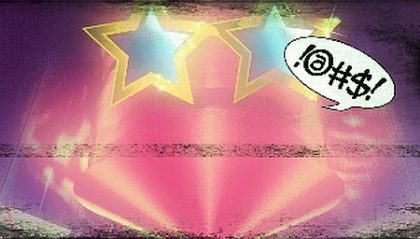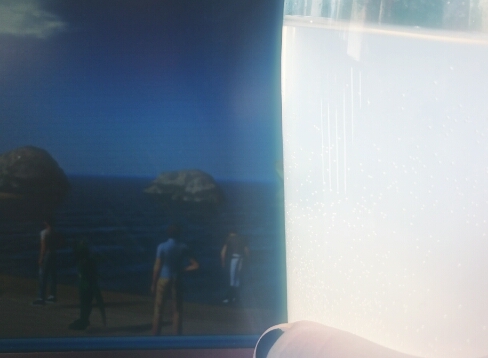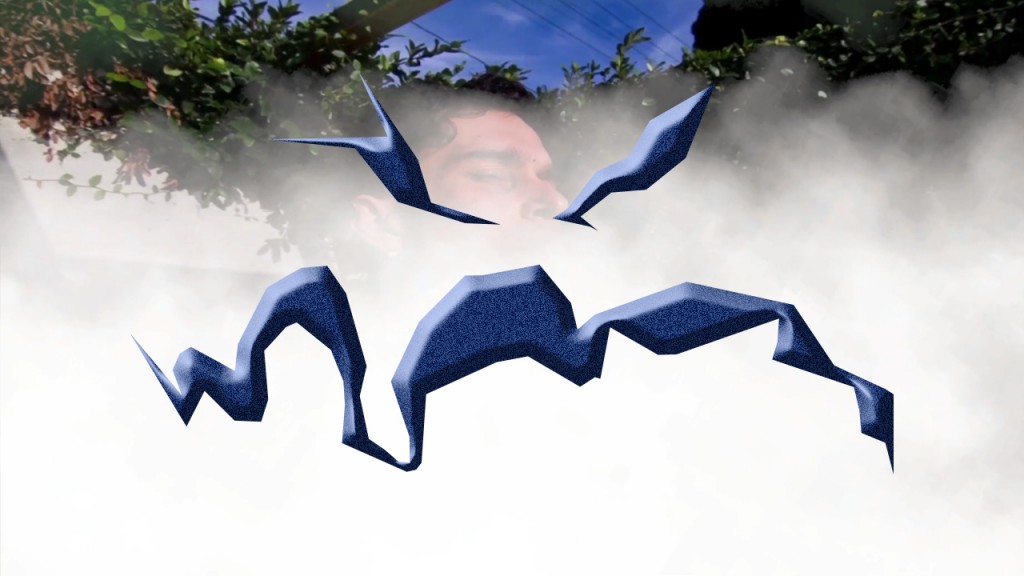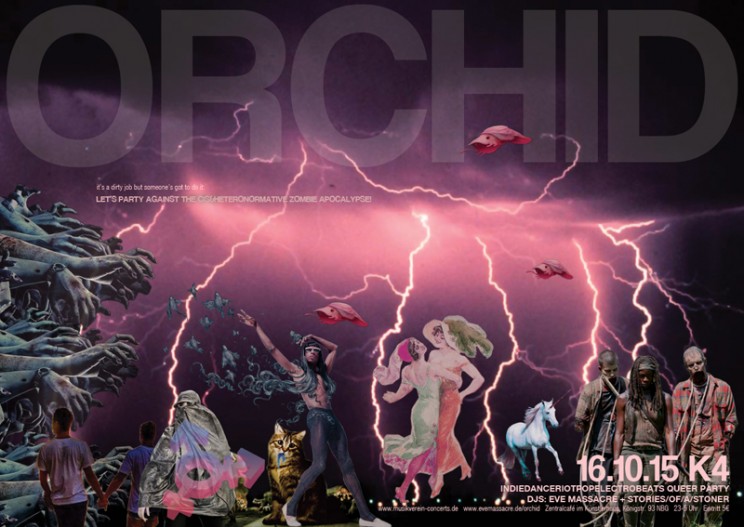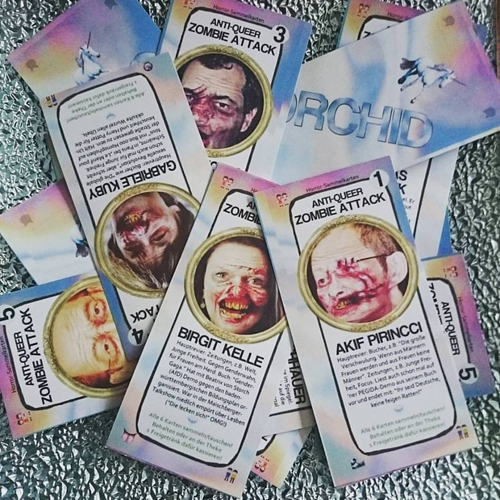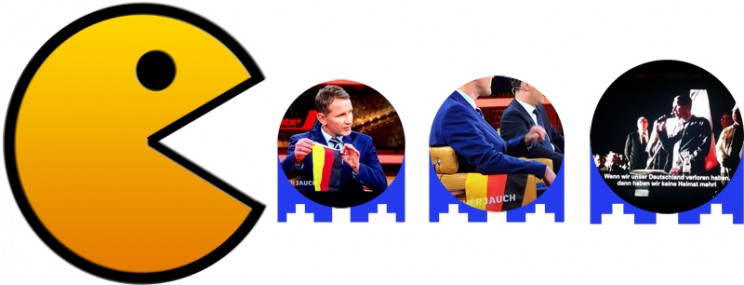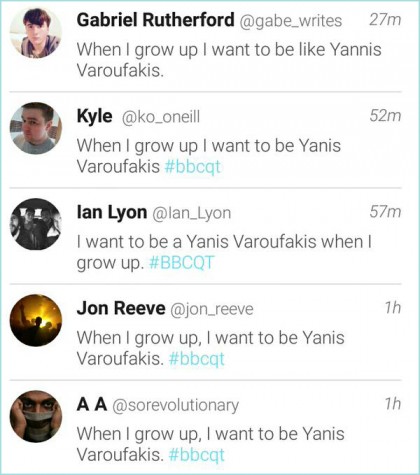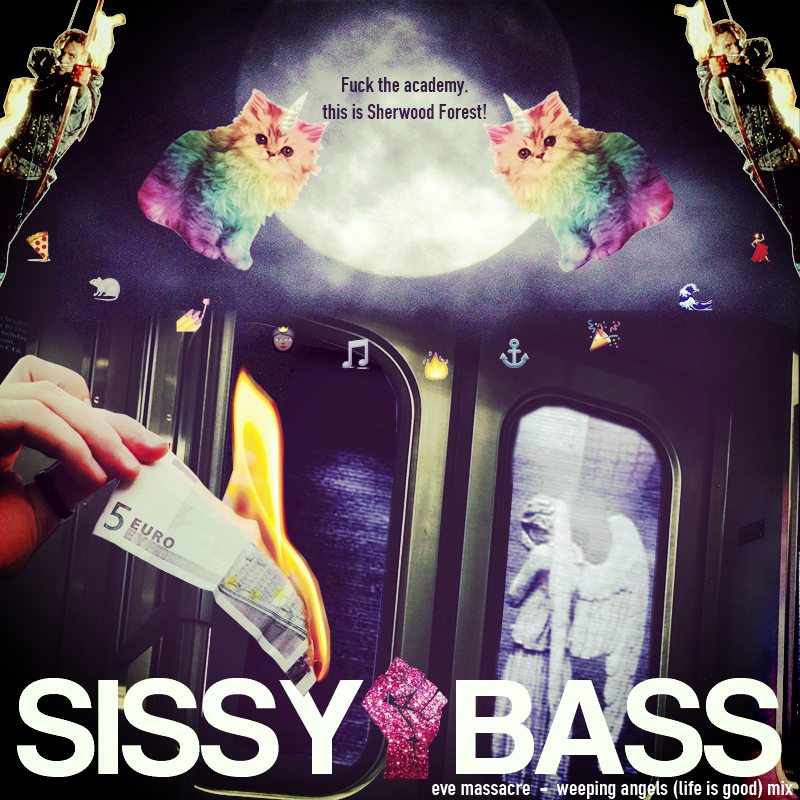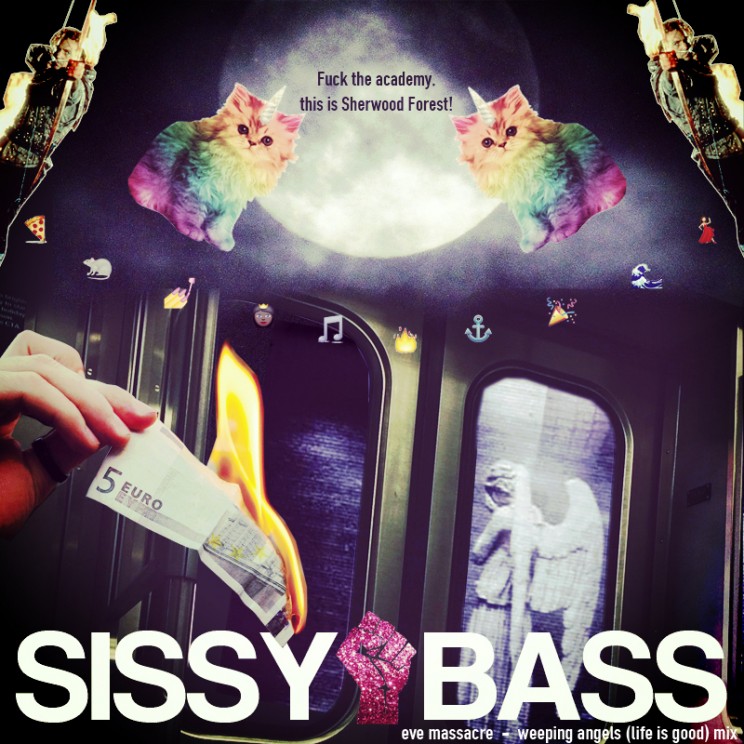“To them each editorial choice means a bending of the truth”
In Germany since a few years journalism has been battling against a surprisingly big part of the public talking about how mainstream press can not be trusted. Coming from ‘the left’, I first did not take it too serious because we are a media-critical scene, too – comes with the anti-authoritarianism, I guess. So you take the news with a grain of salt, do not believe in a single truth anyways, you get interested in a bit of media and identity theory, and knowing from which paper an article comes you try to distract the bias to approach that wibbily wobbly timey wimey sexy little thing called truth. What I am talking about here is different though. This new wave of media criticism comes with a lack of interest in how journalism works. When these people think of press as lying they mistake ‘constructed’ for ‘lie’. Consequently to them each editorial choice means a bending of the truth, moving a step away from what ‘actually’ happened.
What makes things worse: It comes with an unhealthy dose of anti-intellectualism. The class and education gap between journalists and a big part of their audience might play into this dissonance. And it is hard bringing up even basic De Saussure to people who insist on common sense and gut feeling as weapons of choice to approach truth.
“tech people’s dreams and the anti-intellectual media scepticism both show a longing for objectivism and authentic truth to tame the scary fluidity of life.”
“Words are perceived as an obstacle to honesty, rather than a means of delivering it”, William Davies explains in an article on the rise of wearables, Facebook and Amazon. I think it is the same longing for authenticity and truth and the same (mis)understanding and disconnection from theory that leads to both: to this special kind of media scepticism and to what Zuckerberg is on about when he dreams of unfiltered telepathic communication as the future:
“We’ll have AR [augmented reality] and other devices that we can wear almost all the time to improve our experience and communication. One day, I believe we’ll be able to send full, rich thoughts to each other directly using technology. You’ll just be able to think of something and your friends will immediately be able to experience it too if you’d like.This would be the ultimate communication technology.” (William Davies quoting Zuckerberg, The Atlantic)
It is quite telling that the man who is in charge of the social network that mediates communication most is dreaming of unfiltered communication. (If you need a quick entertaining counter stance, try ‘Greeks bearing gifts‘, an episode of Torchwood about a telepathic wearable. I wonder if it is more or less worrying to think these tech guys never seem to have thought of how heavily everyone would have to police their thoughts to make this work as acceptable everyday way of communication.) Those tech people’s dreams and the anti-intellectual media scepticism both sound a bit like “reduce us to biology, plz, theory and language is too slippery”. Biology to the one means the taming of the body with tech, to the other it’s the taming of knowledge about the world with common sense and gut feeling. Both show a longing for objectivism and authentic truth to tame the scary fluidity of life.
“The cultural shift from an openly controlled society like the GRD to a society in which you have a mix of more freedom but also lots of concealed control might make a bigger difference than we thought.”
But back to that german scepticism for journalism. Yesterday for my birthday I had a little coffee party with family and such. One guy started talking about how media pictures always show women and children refugees while he knows from someone working in a city council that in their city there are 90% male refugees. I said, ( regretting that I had no numbers at hand), that the logic might be: we had a rise of anti-refugee protests and crimes, and racist people perceive refugee men as much more of a threat than women or children, so the press might hope to rise empathy instead of fear. That’s what turned the talk to news being “made”, crafted. He said, he doesn’t get why the news does not just show what’s really there and let’s people do their own interpreting. I gave him a basic “news can never be objective, because you always pick something for a story and leave something else out”. A picture is always just showing a snippet of a scene, ripped out of context: it doesn’t show what’s outside of the frame, it doesn’t show what happens before and after, it doesn’t show why the editor picked that photo etc. He then told me about how a friend of his who works for the city council and was one of the emergency folks who were sent to help arriving refugees at some train station last week, when the german gov let all refugees in for two days. There she was ordered, as part of her job, to hold up or put up banners with a “refugee welcome” message. While not being anti-refugees, this reminded him too much of his youth in former East Germany, of how they were forced to wave flags at events staged for state-controlled media. Looking into his eyes when he told that for the first time I understood that there is a huge sensitivity about things like that which I guess West Germans can not really grasp. While I was aware of the distrust in journalism being stronger in the former Eastern German part of the population somehow for the first time this really clicked for me. The cultural shift from an openly controlled society like the GRD to a society in which you have a mix of more freedom but also lots of concealed control might make a bigger difference than we thought. That concealed kind of control is what of course many west germans also criticize but I don’t think we really get how different our cultural background makes us.
“The social web shattering the myth of impartial objectivity leads to a feeling of betrayal that spreads distrust, and this distrust leads to the erosion solidarity that we experience hate messages all over the web and on the streets.”
Add to this the cultural shift that came with the mainstream population entering the social web over the last few years and discovering that there is a multitude of perspectives to the same events out there. The social web shattering the myth of impartial objectivity is one of the big topics of our time and it echoes through so many parts of our lives. The dangerous rise of scepticism against journalism is just one of those ripples. I am no big fan of the gatekeeper mechanism of old media because it only amplified the perspective of a very narrow spectrum of people as status quo. Yet I think its loss without a new, more diverse mediating mechanism for the controversial voices that make up a society is dangerous. We need mediating tools, mechanisms, forums, etc. to get to a societal consensus but it needs to be more democratic, interactive and diverse than the old gatekeeper-journalism. Else this feeling of betrayal that so many seem to suffer from will keep spreading. And it will keep spreading distrust that leads to the erosion of solidarity that we experience in hate messages on the web and on the streets.
“This feeling of distrust is what a surge of new small viral media exploits: Jung&Naiv, Ken.FM, Ruplty – all on different levels”
This feeling of distrust is what a surge of new small viral media exploits: the common sense journalism of Jung&Naiv is not really that far away from Ken.FM’s conspiracy show. Or bloody Ruptly, acting as if it was unfiltered by any agenda. They all got this truther pose: We give you the real thing, we are authentic news, we unveil the secret agenda of the powerful. Of course they will never satisfy this hunger because there is not one big secret agenda just as there is not one objective truth. But people keep hanging on their lips, hoping of every layer that gets exposed that it could be the final one that exposes what really is behind it all. The one simple fix truth that heals them from the horrible everchanging complexity of the world. What those small viral media outlets do is basically an endless strip show, appealing to and profiting from constant arousal but not interested in solutions and giving people knowledge that doesn’t overwhelm them. They exploit the longing for authenticity and truth that is a mark of our times, from digital detox to organic food.
“It is a fine line between mediating different perspectives on an event and shaping opinions for what the government thinks is appropriate as societal perspective on an event.”
Then, of course, there are times when media indeed gets used to shape opinions. It is a fine line between mediating different perspectives on an event and shaping opinions for what the government thinks is appropriate as societal perspective on an event. (If in doubt, I’d apply the simplest satire rule: Top-down is a no-go.) Again, an example from the treatment of refugees: For a while german news were dominated by stories about aggressive anti-refugee protests and arson attacks on refugee shelters, and very disconnected from the perspective of refugees. Fear and hate thusly got perceived as the common german reaction to refugees. Racists celebrated it as display of their power, numbers and success. Then there was a huge press shift to counter this with news about solidarity, showing refugees’ stories, showing how many people in Germany welcome and help refugees. Thus displaying solidarity with refugees as societal consensus. When journalism still had its gatekeeper role it was the only window through which people could look onto events. Back then such a shift would have worked as “ah, german’s have changed, now they are in favour of refugees”. Today, such a shift also gets noticed as “erm, why this sudden new focus in all the papers while there still are arson attacks on refugee shelters?” Doing the “look over there, a solidarity squirrel!” doesn’t work that well anymore. Thanks / Blame to social media the public is more aware that this story only could be told this way because Merkel helped turning it into a reportable emergency situation. The weary long term help for refugees is too boring to report, no one would read it. To make it worth attention, we need crisis moments, pictures like those train stations.
“I’m still angry at those few days in which Merkel used human beings as tactical gaming pieces.”
I’m still angry at those few days in which Merkel used human beings as tactical gaming pieces. Human beings who already are in the worst situation, driven from their homes, ending up in inhuman camp situations, often for years, that get sold as big-hearted aid from saviours. If this use of people, their situation and emotions is what governing in social data/media times looks like we might have soe highly entertaining years ahead. Bread and games 3.0.
I’ll stop this blog post here because I got work to do and can’t think of a fancy end anyways but I won’t end without mentioning one of the tweets that kickstarted me into writing this up (and thusly without mentioning the fabulous #Hameron #piggate etc.) :
“So the newspapers are going to run with “top button undone” as news, but not “pig-fucker in chief”, and still claim not to be biased?” Huw Lemmy (who’s book Chubz I still haven’t reviewed here but trust me and just go get it – it’s great.)
(For non-Followers of #Hameron / #piggate: He contrasts the way Corbyn gets slammed by the UK press for nothings with the way Cameron can fuck a pig to get into a student club that basically helped him to get to the position he now is in and still gets treated with gloves.)
This and a few other UK tweets reminded me of how I have not yet heard about a similar anti-trust-in-journalism movement from other countries. I wonder if there is, and if so, what its specifics are (same longing for authentic truth? same anti-intellectualism? a north/south thing that might be similar to the east/west german difference in this? other things?)
Like this:
Like Loading...

